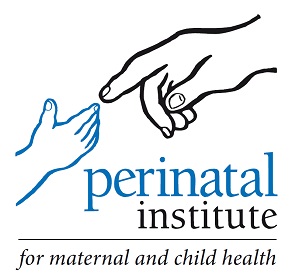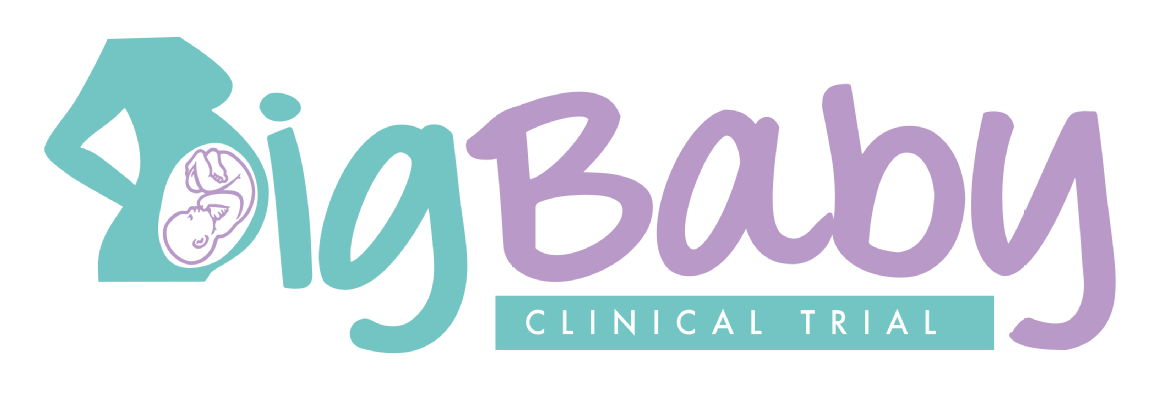Big Baby
Induction of labour for predicted macrosomia - The 'Big Baby Trial'
The purpose of the Big Baby Trial is to find out if starting labour earlier than usual, at 38 weeks, makes it less likely that shoulder dystocia will happen in women whose babies appear to be bigger than expected.

Key information
Title:
Induction of labour for predicted macrosomia - The 'Big Baby Trial'
Chief Investigators:
Professor Siobhan Quenby - Warwick Clinical Trial Unit, The University of Warwick and UHCW
Sponsor: University Hospitals Coventry and Warwickshire NHS Trust
Funder: This project was funded by the National Institute for Health Research Health Technology Assessment Programme (project number 16/77/02)
Registration Number: ISRCTN18229892
Summary:
Shoulder dystocia is a complication that occurs in 1 in 150 vaginal deliveries. This is when after a baby's head has been born one of the baby's shoulders becomes stuck behind the woman's pubic bone, delaying the birth of the baby's body. Most babies born that have experienced shoulder dystocia will have no long term complications. But for some babies this can cause a stretching in the nerves of the neck, which may cause long-term weakness in the arm. We know that shoulder dystocia occurs more often in bigger babies but there is uncertainty in how often this actually occurs. We estimate that shoulder dystocia could occur in 1 in 25 women with a big baby who have a vaginal delivery.
It has been suggested that if we can deliver bigger babies a few weeks early by inducing labour, this could reduce the chance of shoulder dystocia happening. Currently it is not clear whether it is better for women with big babies to have their labour induced or to wait for labour to begin naturally. To answer this question a clinical trial is needed. We propose to study 4,000 pregnant women whose ultrasound scans suggests that their babies are bigger than expected.
With the woman’s consent, she will be allocated at random to either have an induction of labour at 38 weeks or to wait until labour starts naturally. We will compare outcomes between the two groups to look at whether, as a result of induction of labour at about 38 weeks, there were fewer complications such as shoulder dystocia. There will also be a parallel Cohort Study of women who decline to be randomised (for example if the woman requests a Caesarean section) but would consent for us to study their delivery information.
This trial will help women, obstetricians and midwives decide what is the best way to deliver bigger babies.
Sample size:
The randomised controlled trial will aim to recruit 4000 women identified as having large for gestational age babies between 35 and 38 weeks gestation.
We estimate that 3000 women will be recruited into the parallel cohort study.
Primary outcome:
The primary outcome is shoulder dystocia. This is defined as 'a vaginal cephalic delivery that requires additional obstetric manoeuvres to deliver the fetus after the head has delivered and gentle traction has failed'. An assessment of validity of the diagnosis for all randomised women will be undertaken by an independent expert panel.
Expected end date for recruitment:
The Big Baby Trial closed to recruitment on 25 November 2022.




